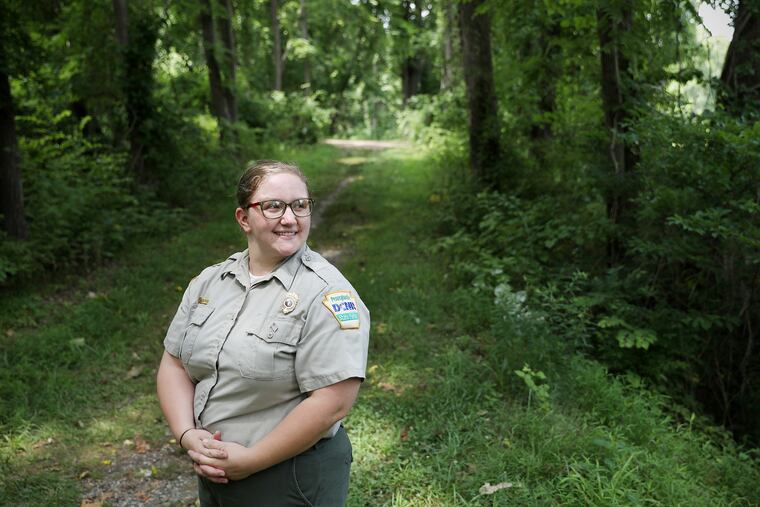1,000 acres once owned by Campbell’s Soup scion are now a Pa. preserve
It took 10 years, but Pennsylvania, with the help of conservation groups, acquired nearly 1,000 acres that will be protected open space as part of the White Clay Creek Preserve. But, just as it was about to make its public debut, it was shut because of COVID-19.
